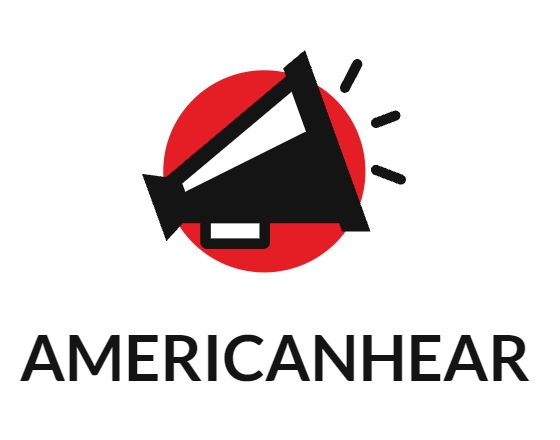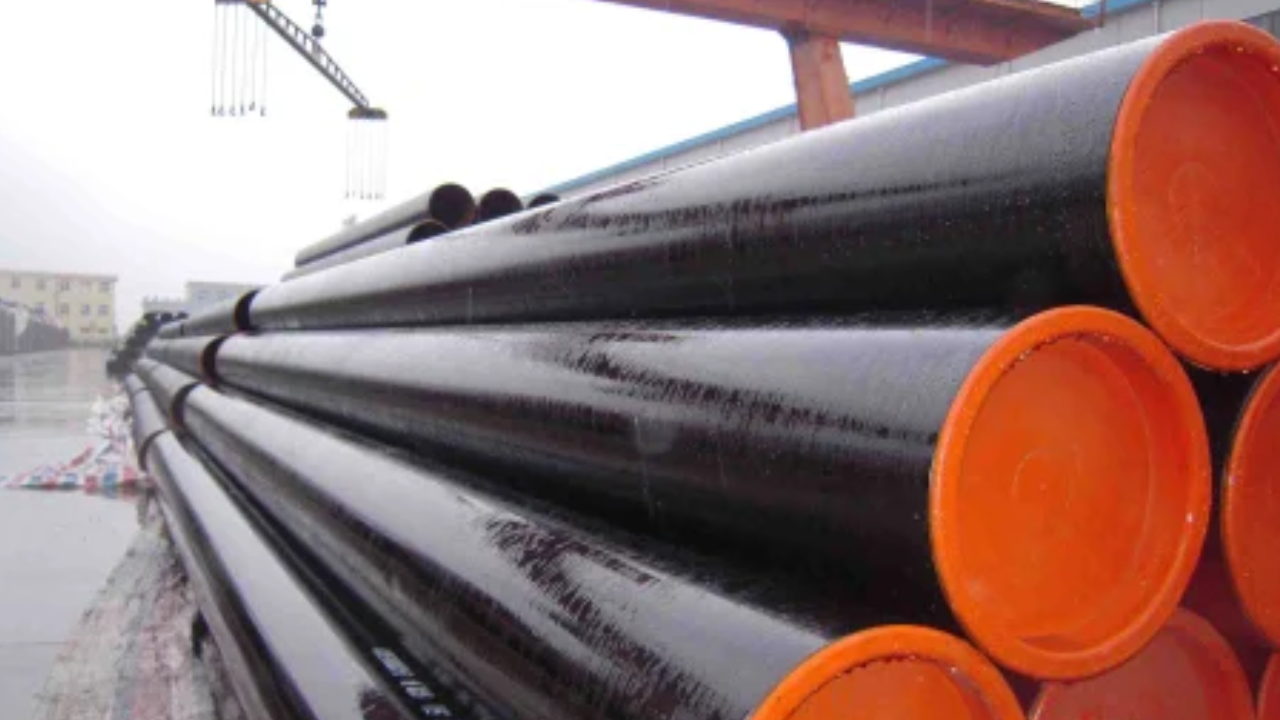Maintaining the dependability and sustainability of fire safety systems depends on the longevity of a 1-inch sprinkler pipe fitting. These fittings are fundamental parts that promote quick water delivery to put out flames and stop them from spreading. The overall security and functionality of the fire security system are directly impacted by how long these fixtures last.
The life expectancy of 1 inch sprinkle pipe fitting is decided in huge portion by factors like fabric quality, natural components, bolster strategies, and manufacturing rules compliance. Ensuring property and individuals from the destruction of the impacts of fires requires making sure these installations have a long life expectancy through rectified choice, establishment, and upkeep.
Factors Affecting the Life Anticipation of 1-Inch Sprinkler Pipe Fittings
A few variables impact the life expectancy of 1-inch sprinkler pipe fittings, counting material quality, natural conditions, support practices, and manufacturing measures. This article investigates these components in detail, giving a comprehensive understanding of what decides the life expectancy of these essential components.
Natural Conditions
Natural conditions play a basic part in deciding the lifespan of 1-inch sprinkler pipe fittings. Components such as humidity, temperature changes, introduction to destructive substances, and UV radiation can affect the durability of the fittings. For occasion, fittings introduced in areas with tall humidity or introduction to chemicals may encounter quickened erosion, reducing their life expectancy.
Maintenance Practices
Normal support is essential for prolonging the life expectancy of 1-inch sprinkler pipe fittings. Schedule inspections, cleaning, and testing offer assistance in recognizing and addressing potential issues sometime recently that led to disappointment. Support hones incorporate checking for spills, erosion, and mechanical damage, as well as guaranteeing that fittings are legitimately fixed and secure.
Manufacturing Standards
The manufacturing benchmarks and quality control forms followed amid the generation of 1-inch sprinkler pipe fittings to influence their life expectancy. Fittings made in compliance with recognized guidelines, such as those set by ASTM, NFPA, or ISO, are more likely to meet rigid quality and execution criteria. These guidelines guarantee that the fittings are outlined and tried to resist the requests of fire security frameworks. Adherence to thorough manufacturing practices, counting accuracy machining, appropriate welding, and exhaustive testing, makes a difference deliver fittings with reliable quality and unwavering quality, eventually improving their life expectancy.
Erosion Resistance
Erosion is one of the essential components that can abbreviate the life expectancy of 1-inch sprinkler pipe fittings. Erosion resistance is especially imperative for fittings exposed to moisture, chemicals, or saltwater situations. Materials like stainless steel and certain plastics offer predominant erosion resistance, making them reasonable for unforgiving situations. Applying defensive coatings or utilizing erosion inhibitors can also offer assistance in amplifying the life expectancy of metal fittings.
Installation Quality
Appropriate installation is vital for maximizing the life expectancy of 1-inch sprinkler pipe fittings. Incorrect installation practices, such as over-tightening per fixing, can lead to mechanical push, spills, and untimely disappointment. Guaranteeing that fitting is introduced and agreeing to producer determinations and industry best hones is basic for their long-term execution. Utilizing the proper apparatuses, taking after establishment rules, and utilizing qualified experts can offer assistance to anticipate installation-related issues and amplify the life expectancy of the fittings.
Effect of System Design
The design of the fire assurance system can also impact the life expectancy of 1-inch sprinkler pipe fittings. Systems outlined with proper stream rates, weight levels, and hydraulic calculations offer assistance to guarantee that fittings are not subjected to over-the-top stretch or wear. Overloading the system or working the exterior of its outlined parameters can lead to expanded wear and tear on the fittings, diminishing their life expectancy.
Conclusion
The life expectancy of a 1-inch sprinkler pipe fitting is decided by different variables, counting fabric quality, natural conditions, maintenance practices, fabricating measures, erosion resistance, establishment quality, and framework plan. By selecting high-quality materials, guaranteeing legitimate establishment and upkeep, and following recognized manufacturing standards, the life expectancy of these fittings can be altogether amplified.


